Sea Changers
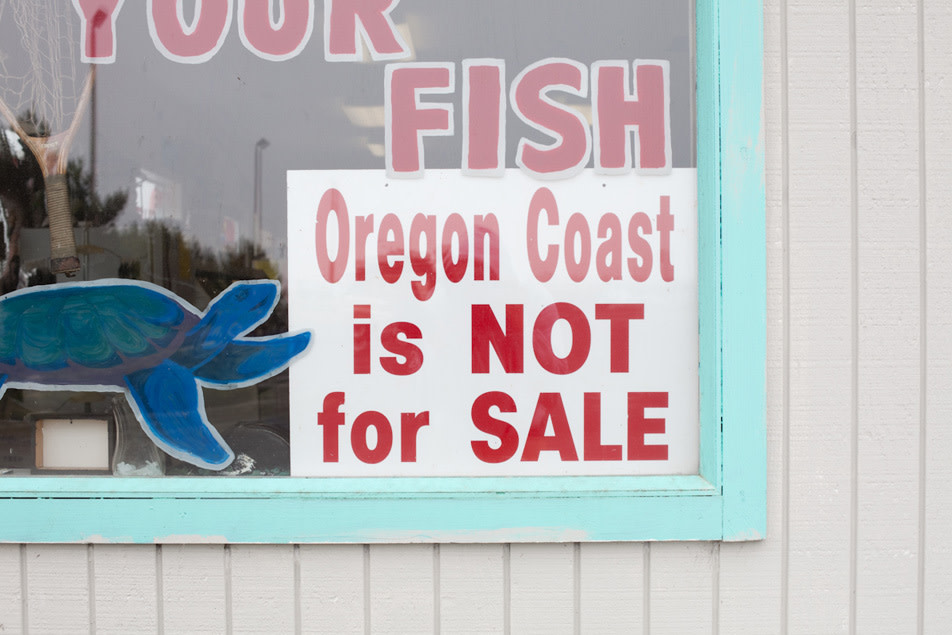
Image: Jake Stangel
Much as farmers, environmentalists, and developers have had to hash out every expansion of Oregon’s many urban growth boundaries courtesy of the state’s revolutionary land use planning laws of the 1970s, energy companies, green power advocates, recreationists, and fishers are working to protect their turf in the surf as a new era of wave energy dawns. Here are five of the players negotiating the future of Oregon’s coastal waters.
Jason Busch
Executive Director of Oregon Wave Energy Trust
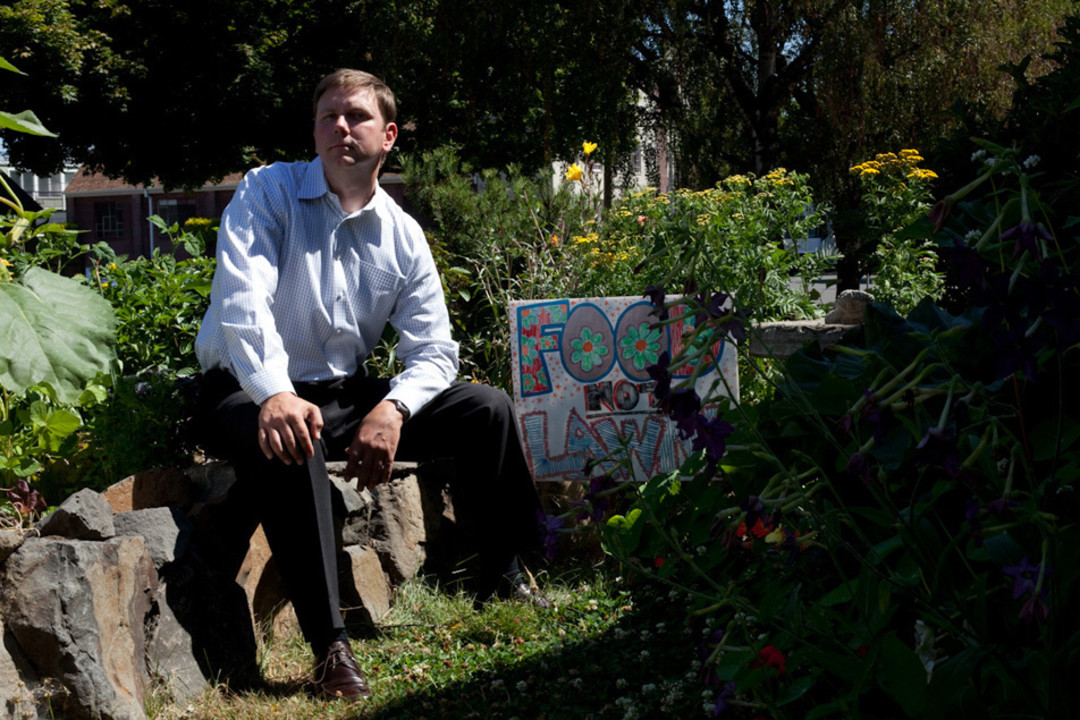
Image: Jake Stangel
The “Food, Not Lawns” sign in Jason Busch’s overgrown North Portland front yard offers a hint of his economic outlook: sustainability is a series of choices that, for some, may be tough. “The Oregon Legislature made wave energy a priority for the state,” he says. “We’re ushering in an age that won’t destroy the nest we live in.” Busch sees an opportunity to lay a foundation that will transcend Oregon’s boom-bust economic cycles. But, he adds, “It will take decades to revise the energy infrastructure currently in place.”
Role: “Oregon Wave Energy Trust is taking a good hard look at the environmental and economic issues to help the public decide whether ocean energy is good for the state. We’re not here to gauge public sentiment, but to promote the responsible development of ocean energy.”
Vested Interest: “I want to see the state, and country, switch to renewable energy to reduce pollution as well as our dependence on foreign oil.”
Biggest Worry: “I’m concerned that best-case scenarios—involving a harmonious existence of ocean energy and existing uses—take a back seat to worst-case scenarios fueled by fear of a new ocean use.”
Definition of Success: “I hope the ‘Oregon way’ proves successful. Regardless of how ocean energy turns out, I hope rational decisions are made based on solid measures.”
Nick Furman
Executive Director of Oregon Dungeness Crab Commission
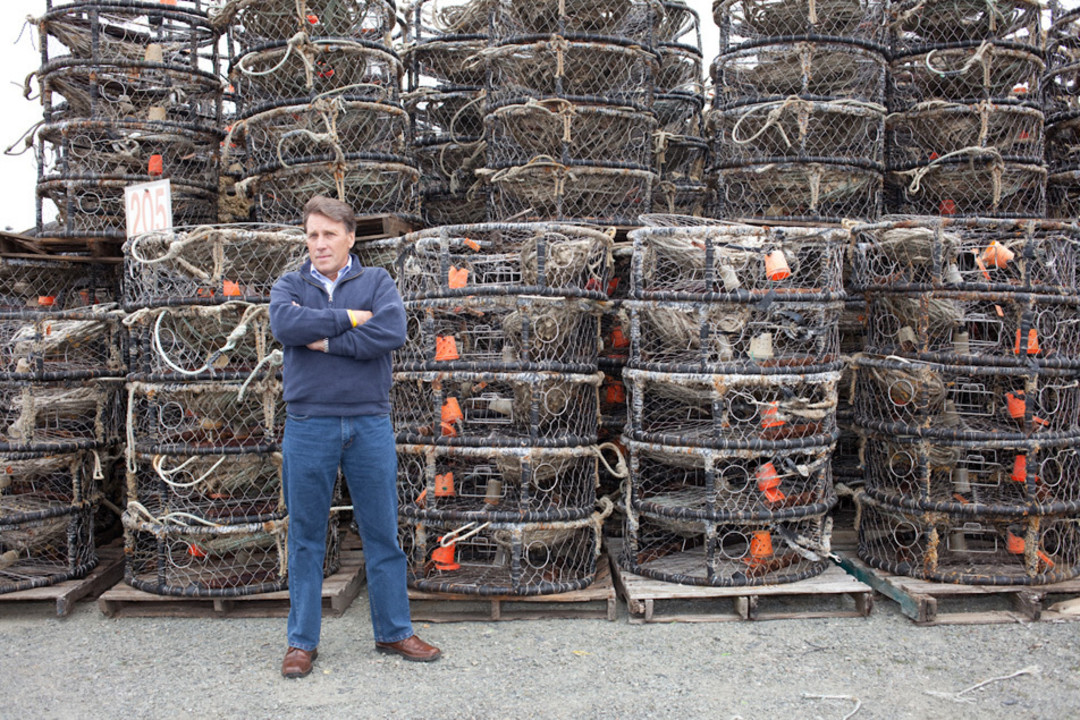
Image: Jake Stangel
After graduating from a Massachusetts high school in 1970, this member of the Woodstock generation was eager to see the West Coast. “I headed cross-country after a friend described a whole new world of commercial fishing in Oregon,” he says. Furman found a bounty of opportunity, fishing in Oregon and Alaska until 1985. As the director of the Oregon Dungeness Crab Commission since 1990, Furman works to promote the reputation of Oregon’s Dungeness crabs.
Role: Ensuring all Oregon coast crabbers maintain a voice in wave energy development
Vested Interest: Making sure additional uses of the ocean don’t infringe on current uses
Biggest Worry: “The notion that wave energy facilities could effectively fence off and close off spaces in the near-shore ocean that had, until now, been shared is a concept none of us had ever considered, and now face daily.”
Definition of Success: “From what we understand, OPT’s phase III projects would not meet the standards set by the revised Territorial Sea Plan. If the state agencies get it right, any wave energy zones will not be sited in areas important for ecosystem marine habitat.”
Robin Hartmann
Ocean Program Director for Oregon Shores Conservation Coalition
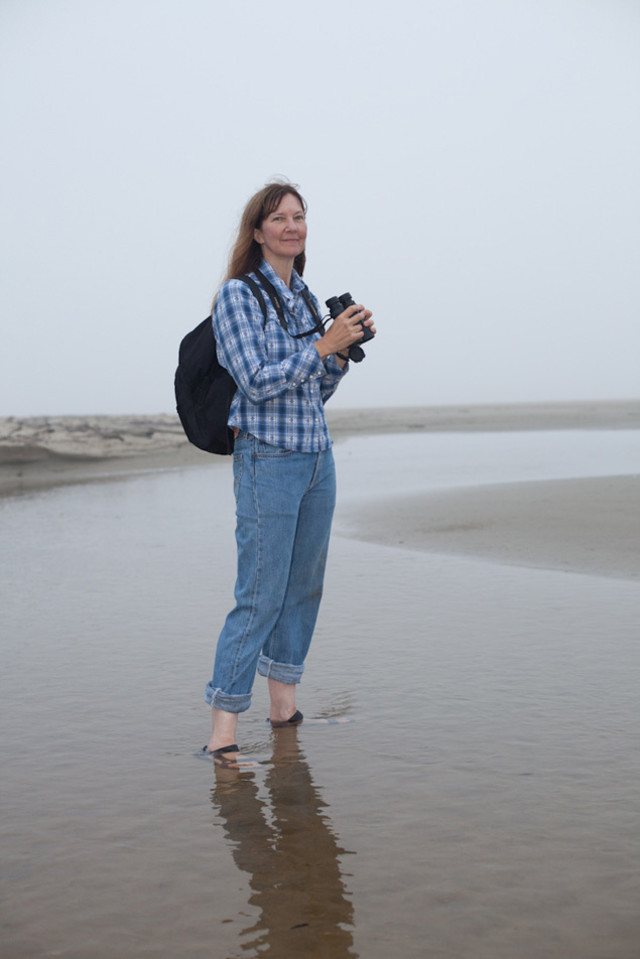
Image: Jake Stangel
Robin Hartmann studied forestry in Missouri in the late 1970s before walking the Pacific Crest Trail—from Mexico to Canada—in 1980, and falling in love with the West. She received her MS in Wildland Recreation Management from the University of Idaho in 1984. She finds similarities between fishermen and environmentalists. “Ultimately, we have the same concerns since we both have an appreciation of the natural world that others don’t,” she says. Coincidentally, Hartmann adopted Mile #151, the very site of OPT’s proposed wave energy project in 1997, so she is the perfect person to watch over it during this transformation.
Role: Environmental watchdog/board member of the Oregon Wave Energy Trust
Vested Interest: “We want to protect Oregon’s marine resources. At the same time we are so far behind the curve on climate change, we need to invest in renewable energy.”
Biggest Worry: “We’re most concerned about any cumulative effects that could arise if and when we have multiple wave energy facilities up and down the entire coast—especially if big corporations one day own them.”
Definition of Success: “Wave energy really made people stop taking marine resources for granted. It is time now to invest in new voices and new energy that will be able to continue this conversation about how we shape Oregon’s future marine environment.”
Linda Buell
Co-owner, Garibaldi Charters, a charter fishing company
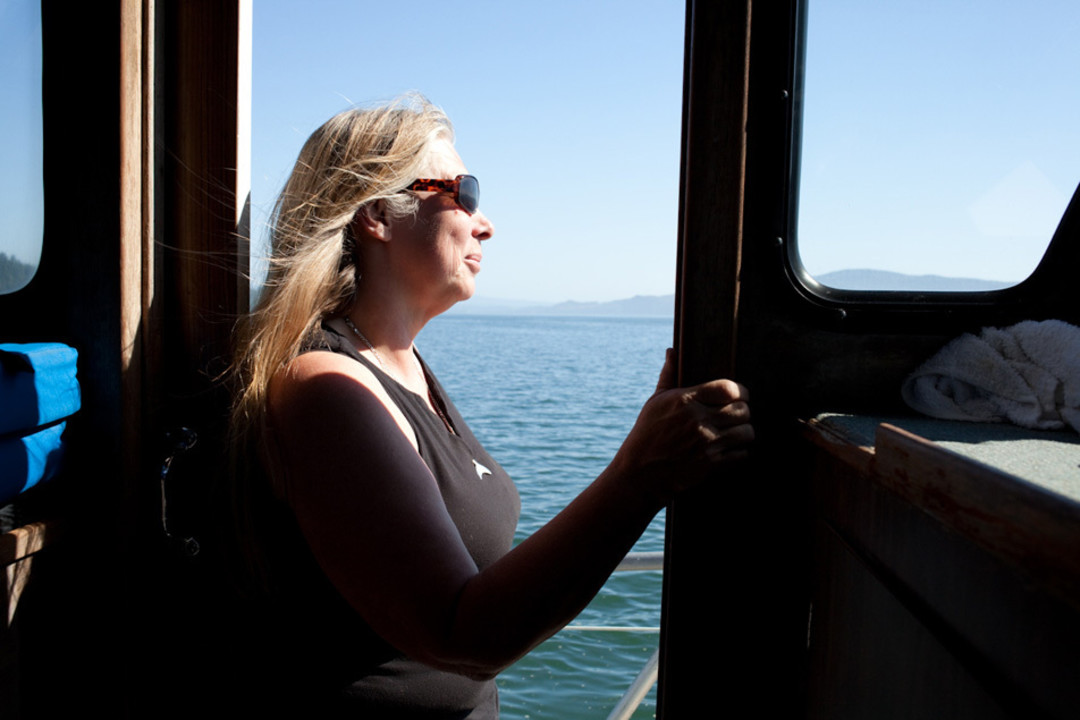
Image: Jake Stangel
Linda and Mick Buell bought Garibaldi Charters 10 years ago. “We spent $50,000 just for customer information and fishing locations,” Linda says. Since then, three-quarters of the area they used to fish has been restricted to protect yelloweye rockfish, which are considered overfished. She says the actions of environmental advocates have made fisheries management more precautionary than ever before. “I’d rather deal with wave energy developers over environmentalists any day,” she says.
Role: Co-chair of FACT, the Fishermen Advisory Committee for Tillamook County, and member of the Highly Migratory Species Advisory Subpanel for the Federal Pacific Fisheries Management Council
Vested Interest: Ensuring that recreational and commercial fishermen don’t lose any more access to areas they’ve fished for generations
Biggest Worry: “I’m more concerned about marine reserves, which pose a more immediate threat to my business, than any future wave energy installation.”
Definition of Success: “Our best case scenario is to study the two existing no-take marine reserves for the next five to 10 years to demonstrate if and how they are helping fish stock before we designate any more.”
Gus Gates
Oregon Policy Coordinator for Surfrider Foundation
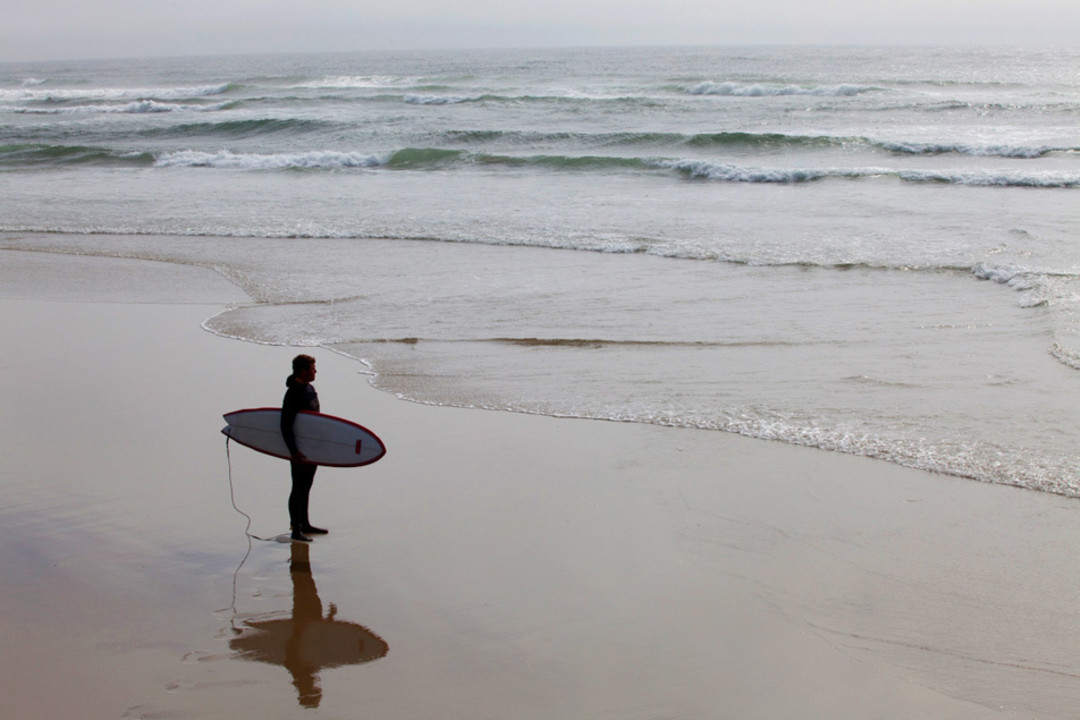
Image: Jake Stangel
Gus Gates grew up outside of Florence, Oregon. The lifelong fisher got involved in conservation and fisheries issues in high school working on habitat restoration projects. He studied fisheries at Oregon State University and has lived up and down the coast. He has surfed since age 14. While the OPT project, in particular, will not impact surfing activities, Gates is keeping his eye on other proposed projects—including the Oyster, a hinged, flapping device developed by the Scotland-based Aquamarine Power, that would be located in the shallower, near-shore waters.
Role: Keeping nonfishing recreational users informed of issues affecting their coastal environment
Vested Interest: “I want to have as many diverse perspectives as possible involved in this process because it will result in the best outcome in my opinion.”
Biggest Worry: “We need to ensure that wave energy does not have unintended consequences on near-shore ecosystems—that’s the big one for us.”
Definition of Success: “We’ve done as much as we can to make this process something people can support rather than simply live with.”
